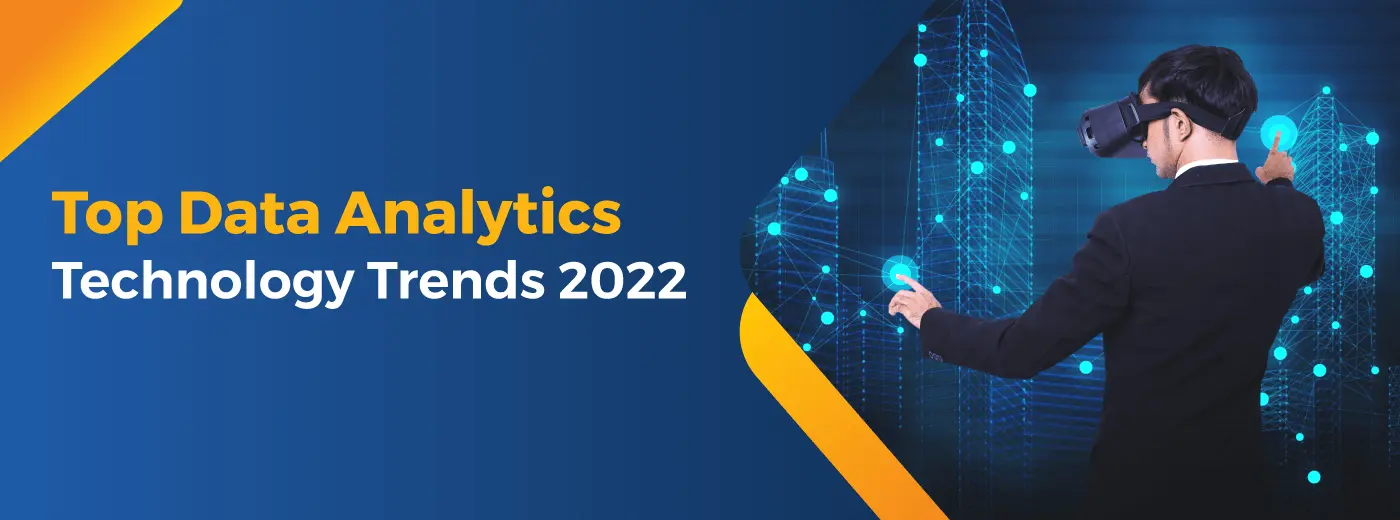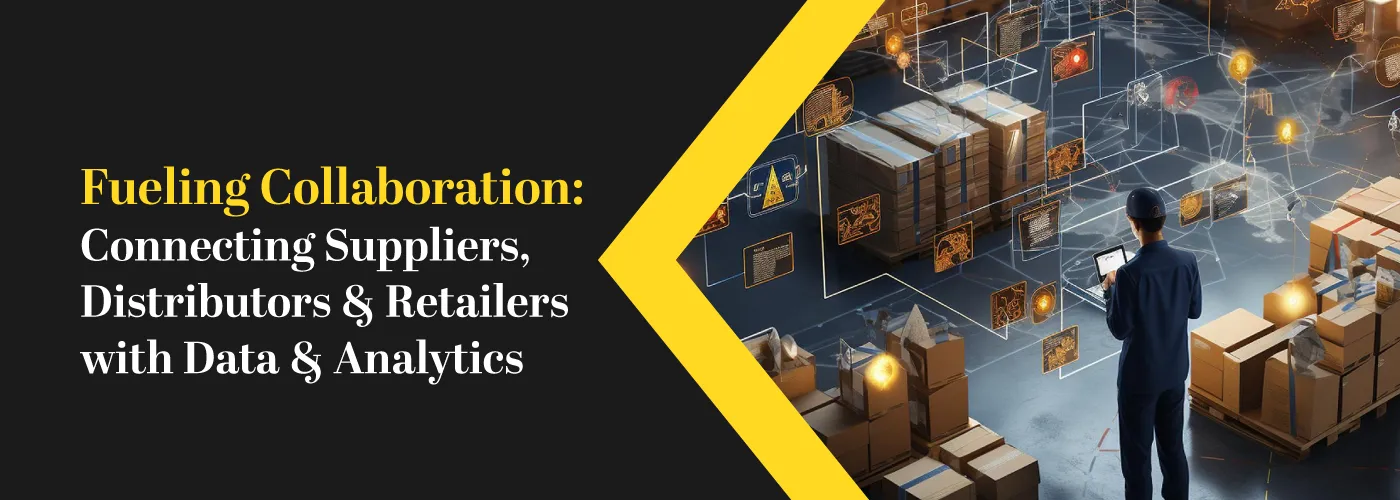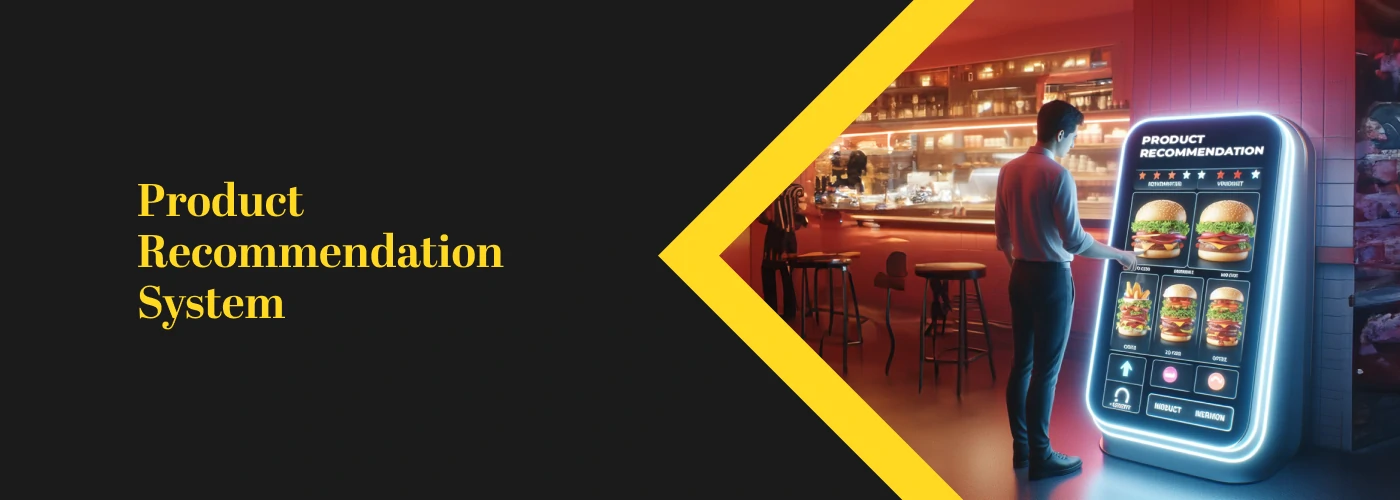The past few years will go down in history as the time when the normal turned entirely upside down in a matter of weeks. As the pandemic swept around the globe, governments and businesses were caught unprepared, and many of them took a massive hit on their bottom line and credibility. Inertia differed across companies and industries, and some were slow to come to grips with the new business reality.
The pandemic highlighted the need for businesses to stay swift and nimble in today’s competitive landscape. Digital investments were again an essential element of business strategy to remain resilient and recover. Data Analytics and Digital investments have become more of a necessity than ever with organizations moving towards the work-from-home model and understanding the trends in big data and data analytics.
As the world continues to get more interconnected, we certainly are living in a VUCA world wherein an unpleasant event occurring in one part of the globe can quickly snowball into a crisis of similar or greater magnitude far away. As the Covid19 crisis only further highlighted, digital transformation for enterprises is not a choice anymore, but a necessity.
The industry is abuzz with excitement around the possibilities of enterprise data lakes, big data, machine learning, among others. Companies have taken active steps over the last decade to invest in advanced analytics technologies. However, not all the companies who have invested have reaped a satisfactory ROI as many business intelligence initiatives fail. Adoption has not really trickled down in many cases, and this has subsided the energy around their boardroom discussions. Nevertheless, the technologies hold significant promise and potential to provide a massive competitive advantage in today’s turbulent market, if implemented well and with the right strategy in place. Nimble and young companies who have leveraged these technologies have risen at an unprecedented scale and captured market shares of big and traditional powerhouses.
1. Augmented Analytics
Don’t confuse this with Augmented Reality, Gartner defines Augmented Analytics as “the use of enabling technologies such as machine learning and AI to assist with data preparation, insight generation and insight explanation to augment how people explore and analyze data in analytics and BI platform”.
Business Intelligence for enterprises is evolving in complexity and in their ability to crunch even bigger throughput of data, while also enabling non-technical users to be able to do meaningful analysis for themselves, use of augmented analytics is witnessing rising adoption. And such Augmented Analytics feature is offered by Qlik with Insight Advisor
Augmented analytics holds the potential to impact every value chain within the enterprise data analytics process - enriching stages from data preparation, to insight discovery and sharing. By integrating Artificial Intelligence into all these steps, enables more human-machine collaboration and creates a genuinely self-service paradigm. X-Analytics
Technology research company, Gartner coined the term X-analytics. Here X refers to any kind of raw data format - tables, videos, text, audio, etc. As the world was ravaged by the Covid19 pandemic and businesses scrambled to come up with business continuity and recovery plans, X-analytics has grown in importance for enterprises of all sizes to arrive at cutting-edge business intelligence solutions and has therefore emerged as important data analytics trends.
The rise of SaaS platforms such as Azure, Snowflake has enabled companies, large and small, to deploy advanced and streaming analytics workflows quickly and cost-effectively. These benefits will continue to propel the increasing adoption of X-analytics use cases at enterprises.
2. Hybrid Cloud
Ok, you are probably well aware that cloud computing is not the future. IT IS NOW! The Covid19 crisis has further underlined the importance of having nimble and swift cloud-based applications and infrastructure in place. IDC found in its survey that 64% of Indian enterprises have accelerated their cloud investments due to the pandemic hitting their businesses. Further, Gartner forecasts that 90% of all enterprise IT workloads will be in the cloud by 2022. Cloud computing is a given.
However, last year also saw increasing instances of large-scale data breaches and tightening government regulations globally around data protection. It means that enterprises can not move all of their workloads to a public data center, especially those that deal with potentially sensitive data. Hence, Hybrid Cloud Models are becoming more popular and emerging among important trends for enterprises as we move into 2022.
Hybrid cloud computing affords enterprises the best of both public cloud and private cloud worlds, to host data analytics applications in a secure environment and at the same time to leverage the immense cost benefits and low time to market afforded by the public cloud. As such hybrid cloud computing is an innovative space that will reinvent processes in 2022.
3. AIOps / Explainable AI
Artificial intelligence is getting more and more mainstream, as more and more AI deployments hit production, driven mainly by an increasing talent pool, technological advancements. Gartner forecasts that, by 2024, 75% of enterprises will move away from piloting AI projects to operationalizing them. Increased investment in infrastructure will accompany it for storing and processing the type of big data and streaming data that AI use cases support.
As AI gets more mainstream, the requirements for explainable AI is going to get even more vocal. Explainable can help disperse the AI black box by giving the human operators insights into the advanced data analytics decision model that is used to arrive at its final decision. With so many different models running in production, AIOps will be vital to keep the models streamlined and efficient for data scientists. Platforms like DataRobot, which simplifies model development, deployment and ML/ AI operations are going to get more popular within enterprise AI use cases.
4. Quantum Computing
Quantum computing gets a place on the top data analytics trends list, not for the volume of business that it is going to drive in 2022, but for the sheer ingenuity that it will bring to companies who are able to apply and deploy it to their business use cases. The fundamental block of traditional computing is the bit, which can store one of two values - 0 or 1. Quantum computing transcends this primary limitation, and the qubit ( binary equivalent in the quantum world) can store a 0, or 1, or any set of superposed values of the qubit’s possible states.
Granted, this technology which permeates our daily lives, as the fundamental principle using which semiconductors are designed and is known to describe how nature behaves to an astonishing degree of accuracy, has yet not been commercialized to a large scale within the computing world. But forward-looking organizations are already taking the steps, using quantum computing to solve problems of a scale unimaginable to traditional computers.
Some areas where quantum computing can be used to design highly efficient use cases are: solving complex logistics optimization problems, sales forecasting, air traffic control, drug simulations and personalized medications, financial risk optimizations, hyper-targeted marketing among others.
Quantum computing carries enormous potential at solving highly complex business problems that are difficult with current data analytics technologies. It can add massive competitive advantages to businesses that are early adopters and able to implement it well. Companies like Honeywell, Splunk, AWS, Microsoft, Google are already pioneering pilot programs around quantum computing applications for businesses.
For your organization to be truly data-driven start with data analytics implementation suiting your needs
5. Blockchain For Analytics
Blockchain is not usually perceived to be linked to data analytics, but this projection is off the mark. Blockchain technology can provide significant advantages in improving efficiency and enhancing the productivity of data analytics workloads for enterprises. Blockchain essentially is a distributed and decentralized digital ledger system that is designed so that every transaction done can be immutably tracked and stored. The information is stored in a blockchain, therefore, is a highly efficient and secure manner, providing transparency within a complex network of data users.
Thus blockchain can make it possible to perform big data analytics on data points that do not need to be unified or centralized and transported to a different location - increasing the data security risk. Blockchain will thus ensure greater data integrity by allowing complete tracking of data from entry to exit, ensuring greater data quality and trust. Blockchain will also make it possible to track changes in data in real-time accurately. It has the potential to transform the data management, cataloging, and data lineage workflows, creating vastly different data architectures to what is prevalent and used today.
As businesses continue to recover in 2022, digital innovations will continue to hold the key to a thriving future. Expect these cutting-edge technological areas to have crucial pivot points for the next generation of winners and losers in business. Capitalizing early on significant trends will redefine business processes, and reinvent the competitive landscape over the next decade, providing an immense boost to business bottom-line and company growth.
In conclusion
At Polestar Solutions, we are a digital partner of choice for enterprise companies, from Fortune 500 to large and medium enterprises. Our world-class solutions on cloud computing, data analytics, machine learning, artificial intelligence, big data management, enterprise performance management have helped our customers make successful pivots with their data strategies.



